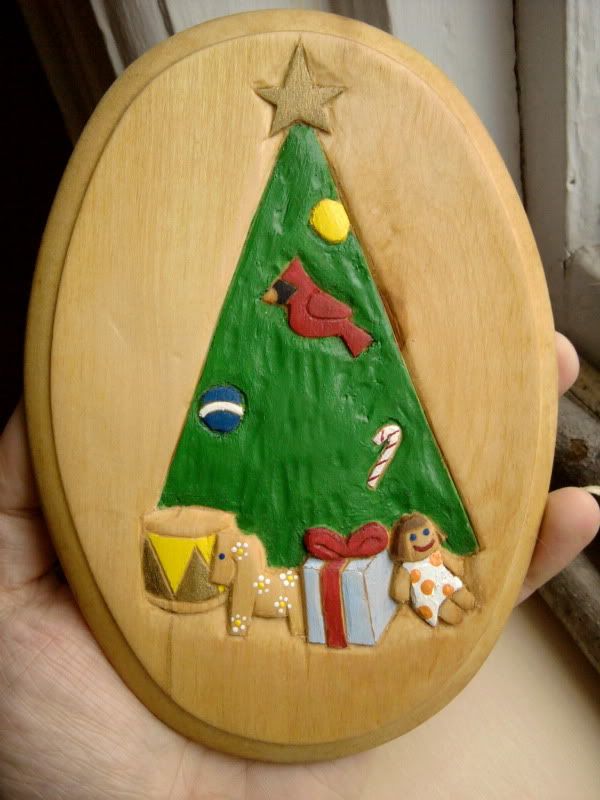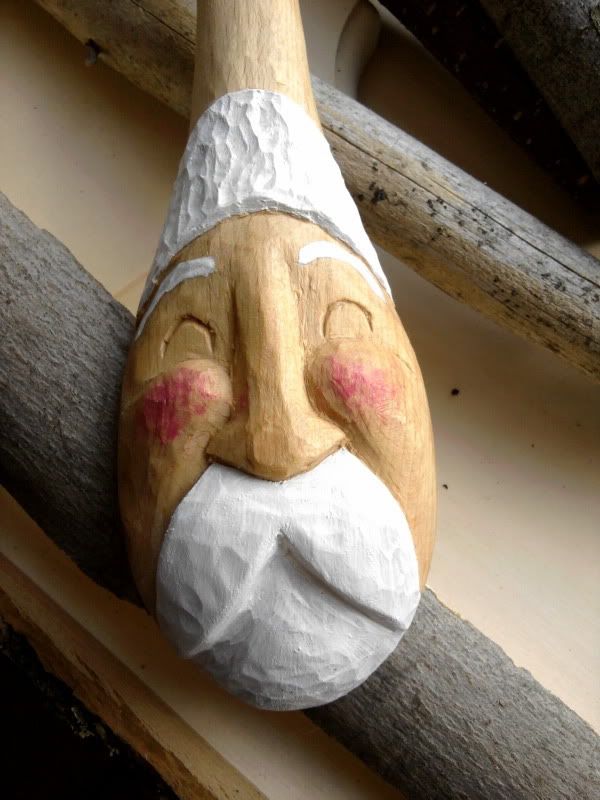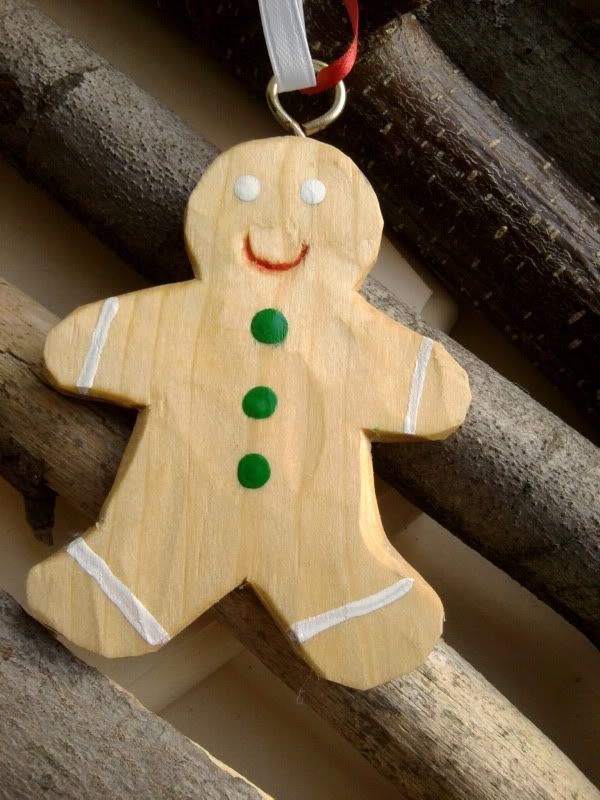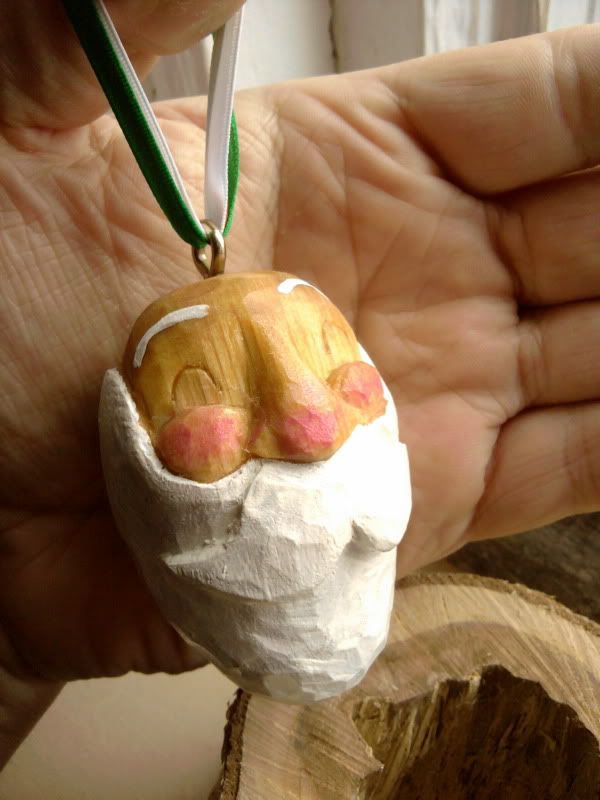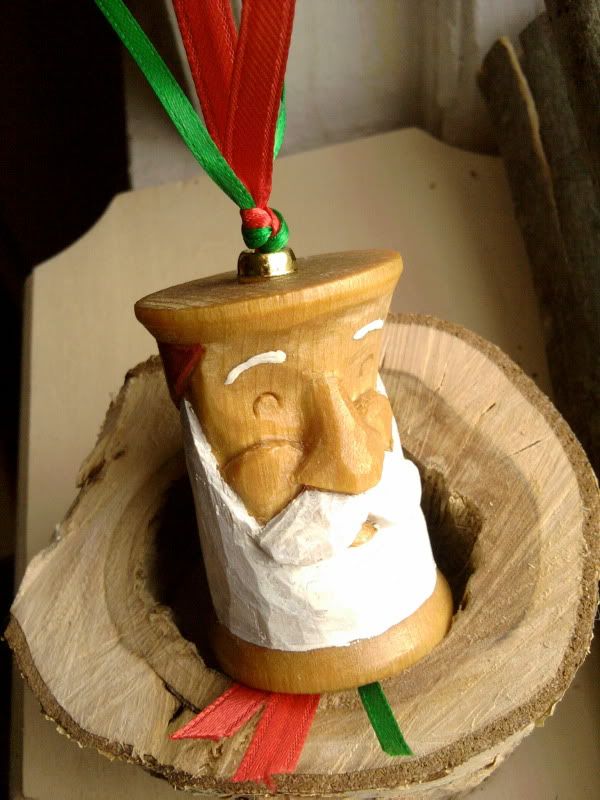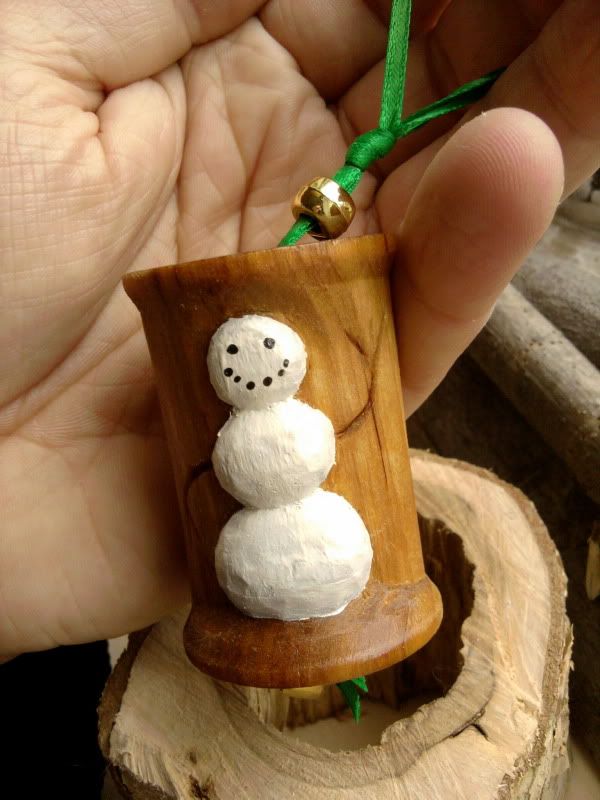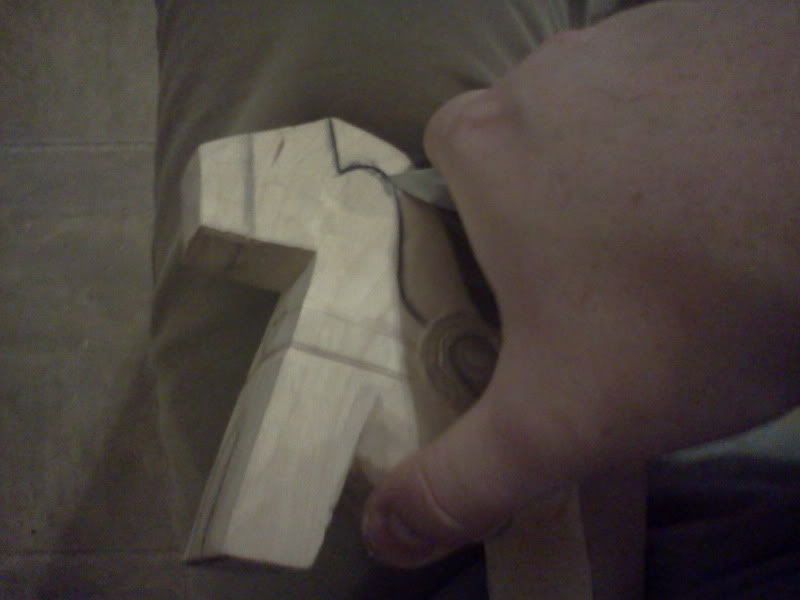
By reader request, here's a look at how I carve the mane for my toy horses. I start by outlining the border with a pencil, then go over it with a black Sharpie marker.
Next, I make a stop cut all along the border. In doing this I use only the tip and lead portion of the blade. On pocket knives this is mostly a natural grip, on larger fixed blade knives such as the Mora, this requires a higher grip that pinches the flat of the blade.
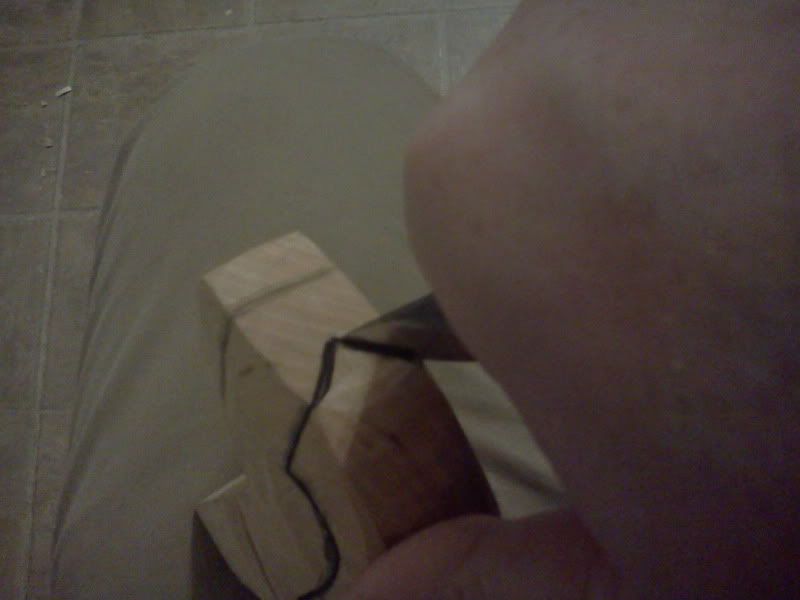
Now I shave up to the stop cut. The depth is subtle, no more than about 1/16", and results in the mane area being lower than the neck and body of the horse. At this point I usually go through and clean up any "fuzzies" and try to make sure the lines are straight and even.
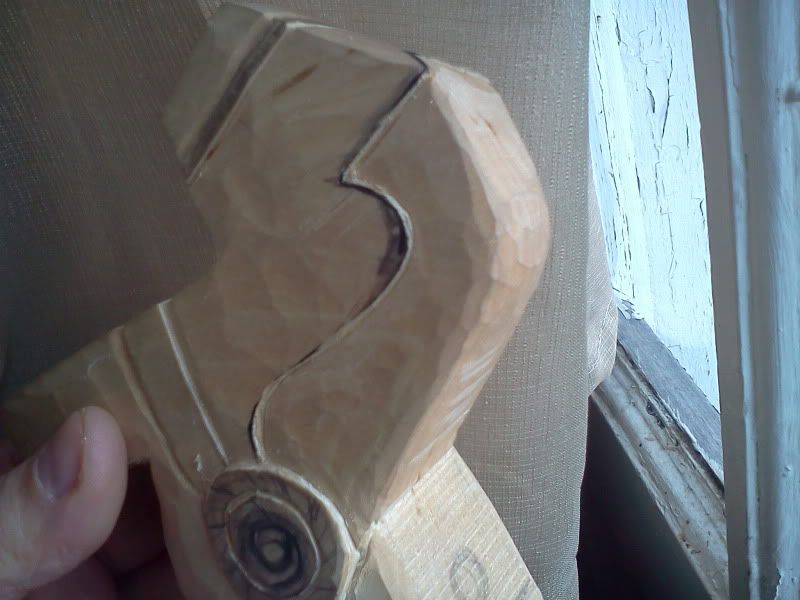
Stop cut/shave towards cut is a good way to remove material in a controlled manner, especially if you're only using a knife. Specialty tools can be used, of course. In fact I'll often go through during the clean up phase and run a v-tool or gouge along a cut. Then again I think pure whittling is done with a knife, so your experience may vary depending on personal preference.
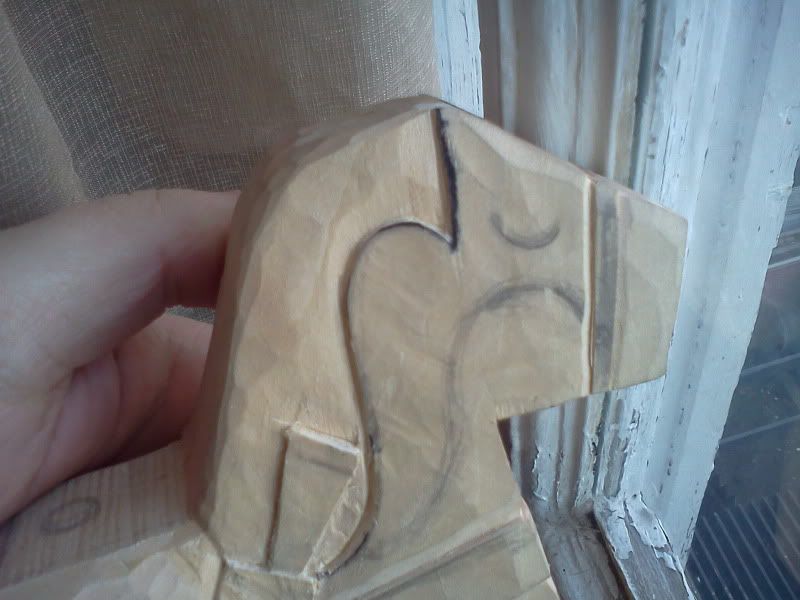
On a side note, I'd like to suggest you check out the
Belfast Bushcraft Blog. Great photos, updates, and wilderness observations from an Irish outdoorsman.
(sorry for the delay, Abo!)
